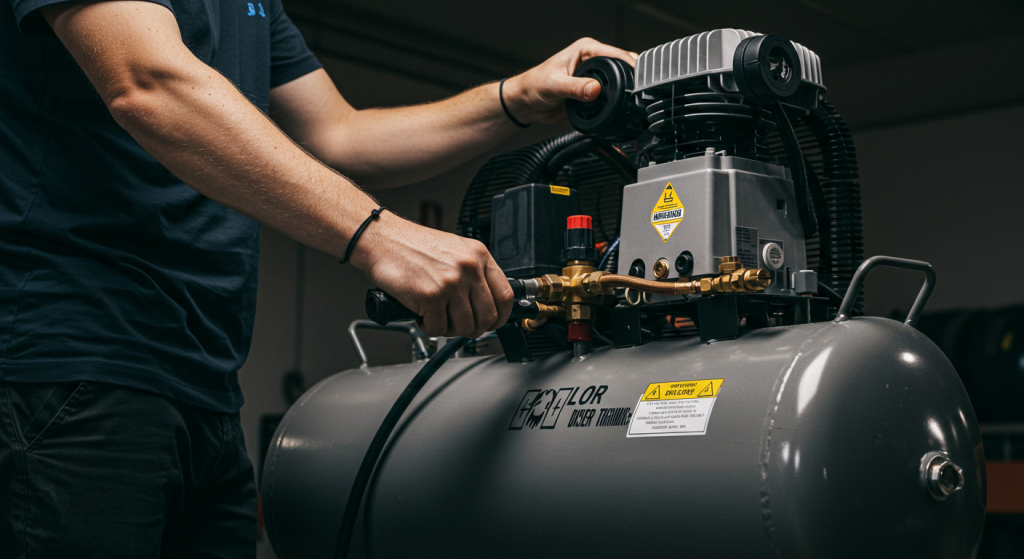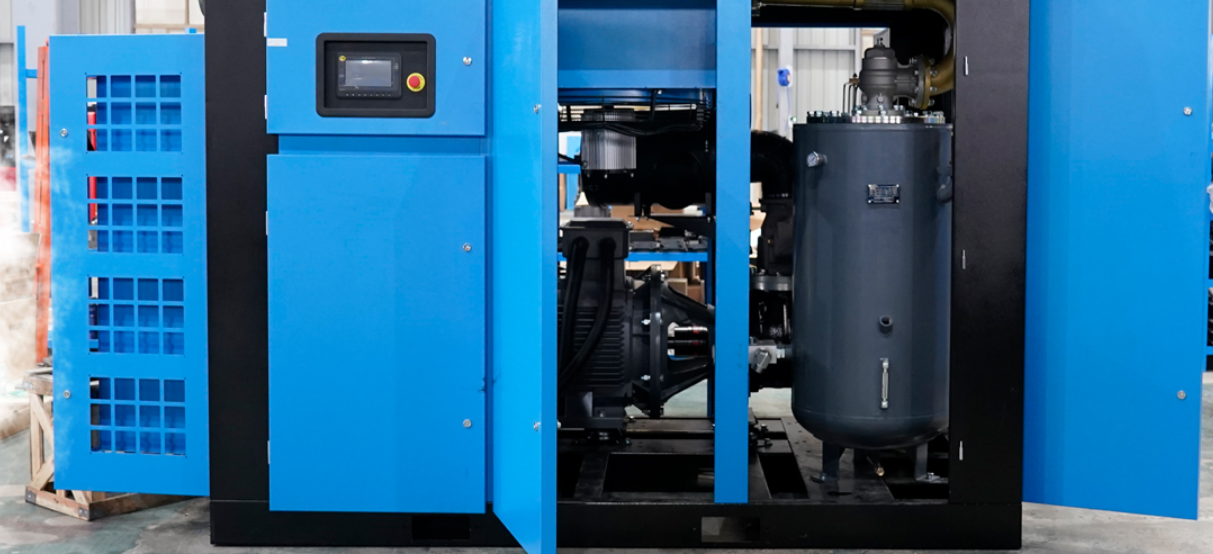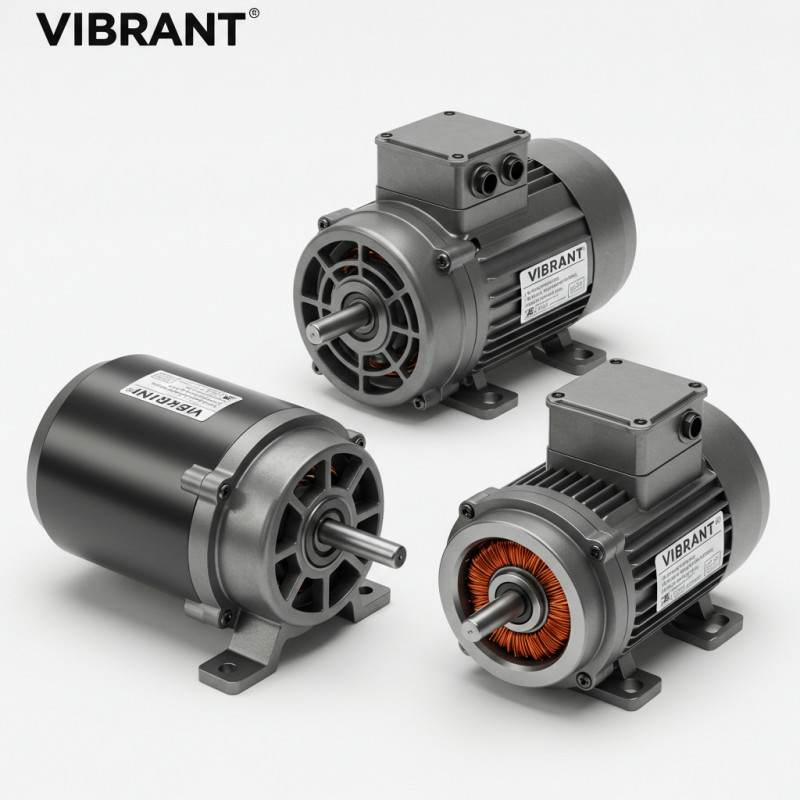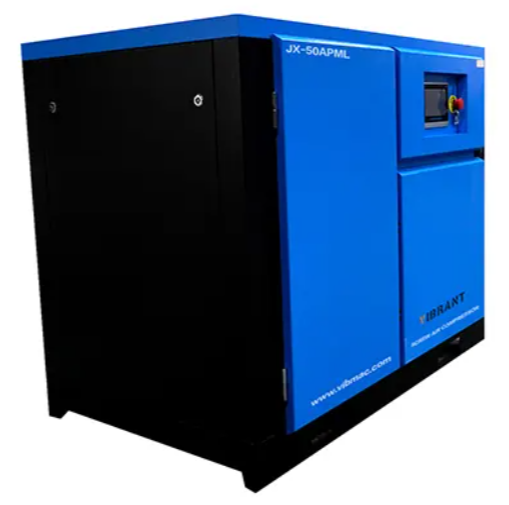Introduction: Cutting Through Air Compressor Confusion
Picking an air compressor can seem like standing in front of a bewildering wall of numbers and jargon. With specifications, acronyms, and tool demands piling up, how can you settle on a unit that fits your work? This is clear, what size air compressor do i need? step by step guide strips the noise away. Whether you fix the family car on weekends or run a busy factory floor, will show you how to select the compressor that gets the job done.
Understand Your Tools and Applications
Step 1:
Start by listing all the air-powered equipment you plan to run. Each tool pulls a specific volume of air, measured in CFM (Cubic Feet per Minute), and needs stable pressure, recorded in PSI (Pounds per Square Inch). Review the manufacturer’s plate or instructions, or use the table below to see rough averages:
Step 2: Calculate Required CFM
Add together the CFM ratings of every tool that will operate at the same time. Then multiply that sum by 1.5 to give yourself breathing room during peak demand.
Step 3: Match PSI Ratings
Most air tools run best between 80 and 100 PSI. Check each item’s manual for its minimum pressure. Your compressor must reach and hold that level under load.
Step 4: Decide on Tank Size
For steady jobs such as spray painting, a big tank-20 to 80 gallons-keeps pressure even while the compressor rests. Doors, tires, and other brief tasks can live with a small 6- to 10-gallon tank that fills quickly.
Rule of Thumb:
10-20 gallons- suited for light home projects.
30-60 gallons- good for a garage or workshop.
80 gallons or more is typically reserved for industrial operations.
Step 5: Choose Between Single-Stage and Two-Stage Compressors
Single-stage units compress air just once and are perfect for basic tasks at home.
Two-stage models compress air twice, giving higher pressure; they shine when running industrial tools or operating around the clock.
Step 6: Evaluate the Duty Cycle
The duty cycle tells you how long a compressor can run in 10 minutes.
50 percent means 5 minutes on, 5 minutes off.
100 percent lets the unit run nonstop.
Choose a compressor with a higher-duty cycle for prolonged or industrial use.
Step 7: Factor in Horsepower and Voltage
- 1-2 horsepower suits small jobs.
- 3-5 horsepower serves garage or workshop tasks.
- 5 horsepower or more tackles heavy-duty operations.
- Also, consider the power supply.
- 110 volts typically supports home circuits.
- 220 volts or higher suits commercial and industrial setups.

Step 8: Use an Air Compressor Size Calculator
To make your life easier, visit a free online calculator. Enter your tools and usage rate, and it will suggest the right CFM and tank size.
Step 9: Consider Environmental and Energy Factors
Oil-free compressors require minimal upkeep, run quietly, and produce less waste, making them a practical choice when noise and lubricant disposal are concerns. Oil-lubricated units, by contrast, extend service life and cope better with continuous, heavy-duty work. Always seek energy-efficient designs, especially those bearing Energy Star certification or utilizing inverter technology, to reduce both utility bills and environmental impact.
Step 10: Match the Compressor to Your Setup
A stationary model fits best in a dedicated workshop or garage where space allows and constant duty is needed. For job sites or small projects that require mobility, select a lightweight, portable air compressor that can be easily loaded onto a truck or carried up a flight of stairs.
Scenario Tips:
• Planning to paint a car? Pick a unit that delivers at least 14 CFM at 90 PSI and has a 60-gallon tank.
• If you’re just nailing trim, 2-4 CFM with a compact 6-10 gallon tank will do.
Common Mistakes to Avoid
1. Buying a compressor that falls short on CFM.
2. Ignoring the specific PSI every tool requires.
3. Overestimating the tank capacity while underestimating its duty cycle.
4. Skipping routine maintenance until something breaks.
What Factors Affect Compressor Sizing?
Sizing an air compressor involves many technical and practical factors that together determine how well the machine will perform in real-world jobs. The first, and arguably most important, is CFM (cubic feet per minute), the measure of how much air the compressor can deliver in a minute. Jobs like paint spraying or surface grinding demand high CFM; lower CFM suffices for nail guns, inflators, and light-duty wrenches.
- Pressure, measured in PSI, also matters, as most pneumatic tools expect around 90 PSI, while some industrial gear calls for much more. Selecting a compressor that not only reaches that level but can sustain it during operation is vital for consistent performance and finished results.
- A big tank holds more compressed air, letting the system power long jobs without switching on and off every few minutes.
- Duty cycles many minutes out of ten, the compressor can really shape performance and life span. A 100 percent duty cycle suits places that never stop working.
- Other key factors are how often you grab a tool, how many you run at the same time, whether you plug into 110 volts or 220 volts, and the job site’s airflow and heat. Taking all these variables into account lets you size the compressor properly and steer clear of weak pressure or costly breakdowns.
How to Match an Air Compressor to Your Tools?
- Picking the right air compressor for your tools begins with knowing each one’s CFM (cubic feet per minute) and PSI (pounds per square inch) needs. Every pneumatic device has a set air appetite, usually spelled out in the owner’s manual or on the nameplate. Write down the full list of tools, then jot down the CFM and PSI figures beside each one.
- If you plan to run several tools at once, sum their CFM ratings and multiply the total by 1.5 for a safety margin; doing so keeps the compressor from gasping under load. Also, check that the PSI rating equals or exceeds the highest pressure your tools require.
- Duty is the fraction of each hour the unit can run without overheating. Tank size matters too, especially with grinders and paint sprayers that demand near-constant air. A bigger tank delivers a steady flow while cutting down on start-stop cycles, making work feel smoother.
- For light tasks or the occasional DIY project, an inexpensive, oil-free, portable compressor may be all you need. In contrast, daily contractors and serious hobbyists should invest in a two-stage, oil-lubed model designed for high CFM and relentless duty.
Conclusion:
With these guidelines in hand, you can answer the question what size air compressor do i need? step by step, whether you are powering finishing nailers or heavy grinders, this step-by-step roadmap helps you choose wisely, safely, and within budget. Still unsure about which compressor suits your situation? Visit VIBRANT to explore an extensive selection that ranges from lightweight, portable machines to robust, industrial powerhouses.









